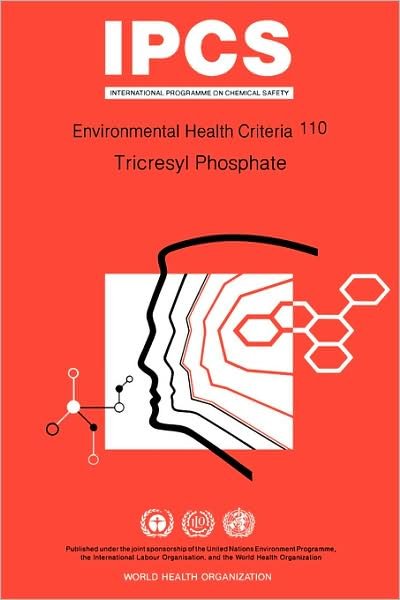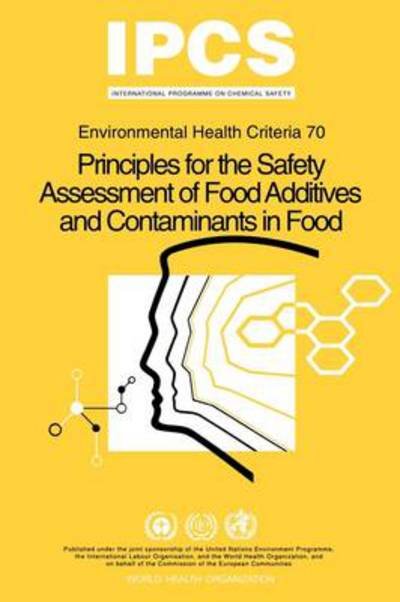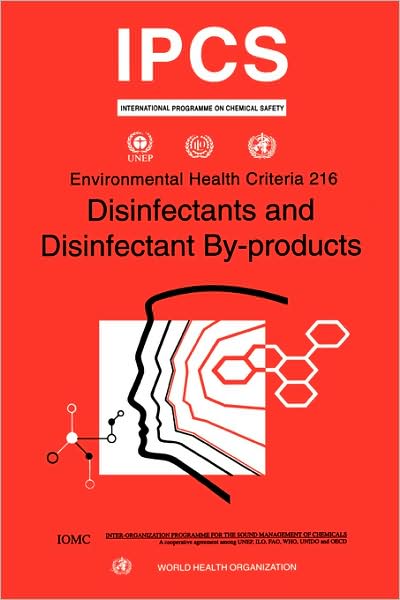
Fortæl dine venner om denne vare:
Disinfectants and Disinfectants By-products (Environmental Health Criteria Series)
Ipcs
Bestilles fra fjernlager
Disinfectants and Disinfectants By-products (Environmental Health Criteria Series)
Ipcs
This book evaluates the risks to human health posed by disinfectants and disinfectant by-products found in treated drinking water. Noting that chlorine and other widely used disinfectants were approved for use almost 100 years ago when toxicological data were limited, the report responds to the need for reassurance that consumption of treated drinking water will not have adverse effects on health. Particular concern centers on the potential of chlorine to react with natural organic matter and form a large number of by-products, some of which have been intensively studied as potential human carcinogens. With these concerns in mind, the report evaluates over 800 recent studies in an effort to clarify understanding of the chemistry and toxicology of disinfectants and disinfectant by-products and provide a balanced assessment of the associated risks to human health. The report is issued at a time when public health authorities and utilities-providers in several countries are considering alternative methods of disinfection aimed at reducing the formation of specific by-products. In this context, the report stresses the overriding importance of microbiological safety and warns that adequate disinfection must not be compromised by efforts to control chemical by-products. The first chapter on the chemistry of disinfectants and disinfectant by-products examines the many complex factors, including methods of water treatment that govern the formation of by-products and influence their type and amount. Of special interest to utilities-providers, the chapter explains the physical and chemical properties that influence the behavior of specific by-products in drinking water and determine their toxic actions. By-products of greatest concern are identified as trihalomethanes including chloroform and bromodichloromethane, haloacetic acids including dichloroacetic acid, and trichloroacetic acid, bromate, and chlorite. The chapter concludes that the adoption of alternative disinfecting chemicals often amounts to nothing more than a trade-off between one group of by-products and another. Removal of natural organic matter is singled out as the most effective control strategy. Chapter two reviews what is known about the toxic effects of the principal disinfectants: chlorine and hypochlorite, chloramines, and chlorine dioxide. On the basis of this evaluation, the report concludes that disinfectants probably do not increase the risk of cancer or have other significant adverse effects on health. Chapter three evaluates the toxic effects of fourteen by-products, concentrating on the large number of studies of carcinogenicity and mutagenicity. Epidemiological studies are reviewed in chapter four, which considers extensive investigations of possible associations with cancer, cardiovascular disease, and adverse effects on reproduction and development. While most studies have concentrated on an increased risk of bladder cancer, risks of colon, rectal, and other cancers have also been investigated. Noting the uncertainties surrounding many of these studies, the report cautions against a simple interpretation of observed associations and concludes that more comprehensive water quality data must be collected to improve exposure assessments. Evidence was considered insufficient to determine whether observed associations are causal and which specific by-products or other contaminants play a role. In the final chapters focused on risk, characterization, and assessment, the report concludes that the risks to health from disinfectant by-products at the levels at which they occur in drinking water are extremely small in comparison with the risks associated with inadequate disinfection. In supporting efforts to minimize the formation of by-products, the report further concludes that protection of source waters aimed at reducing the presence of natural organic matter is often the most efficient approach to control.
| Medie | Bøger Paperback Bog (Bog med blødt omslag og limet ryg) |
| Udgivet | 2000 |
| ISBN13 | 9789241572163 |
| Forlag | World Health Organization |
| Antal sider | 499 |
| Mål | 150 × 27 × 225 mm · 707 g |
| Sprog | Engelsk |



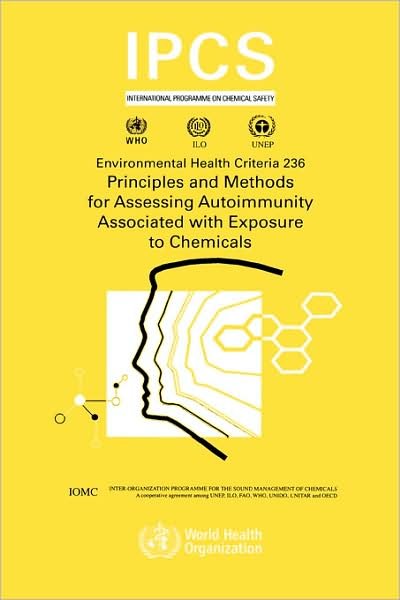
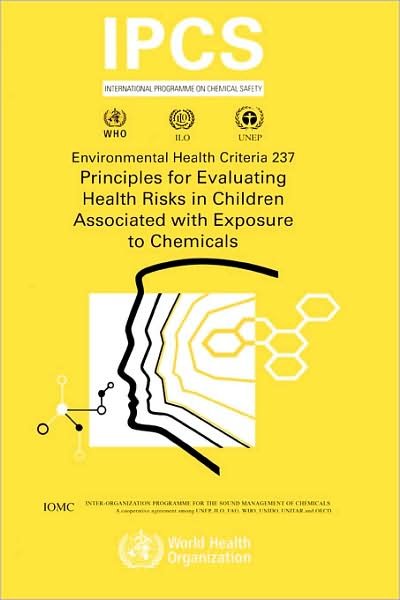
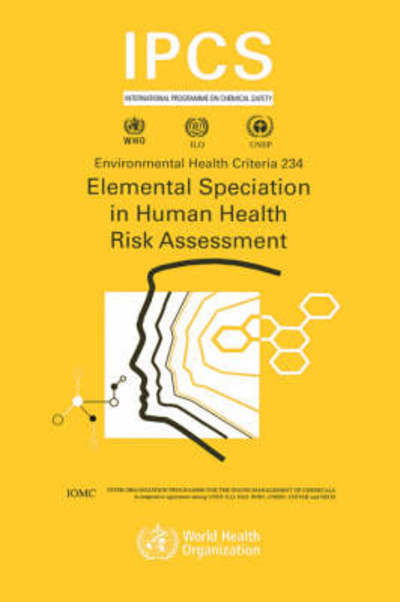
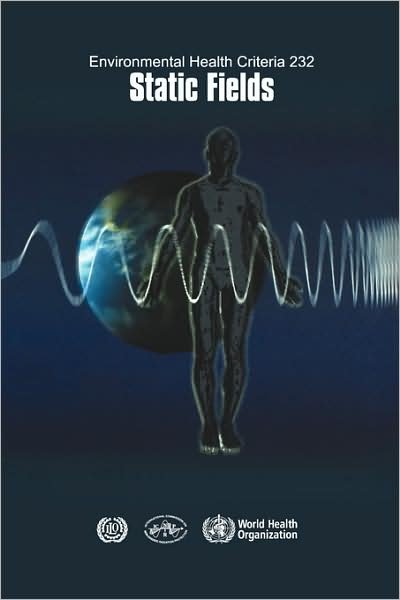

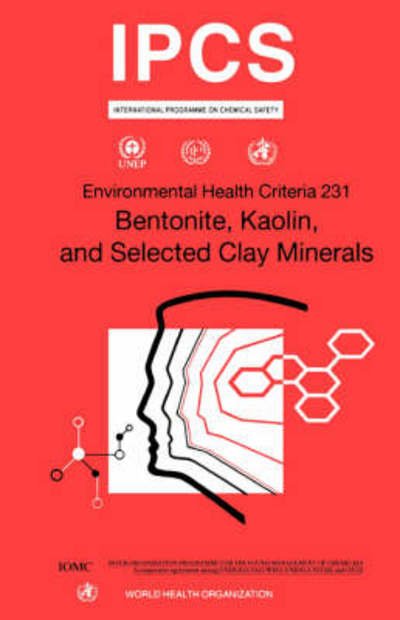
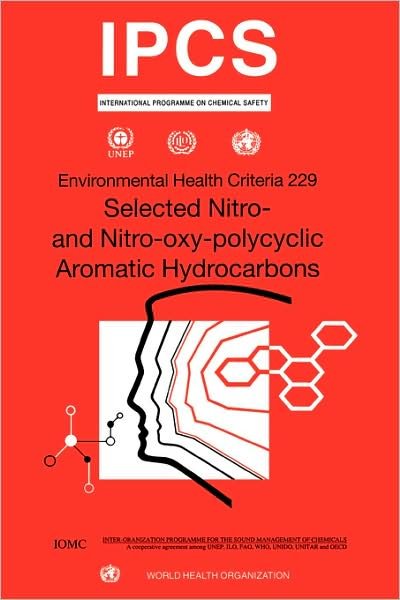
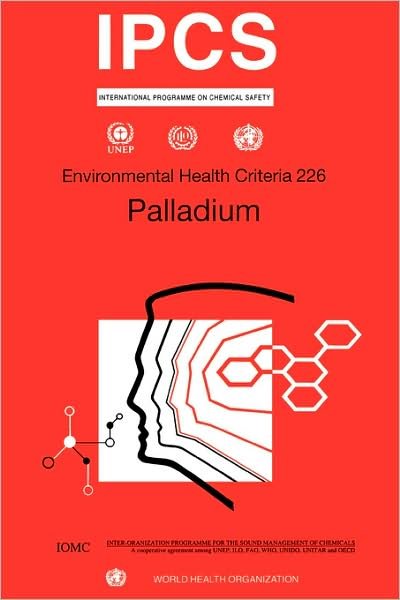
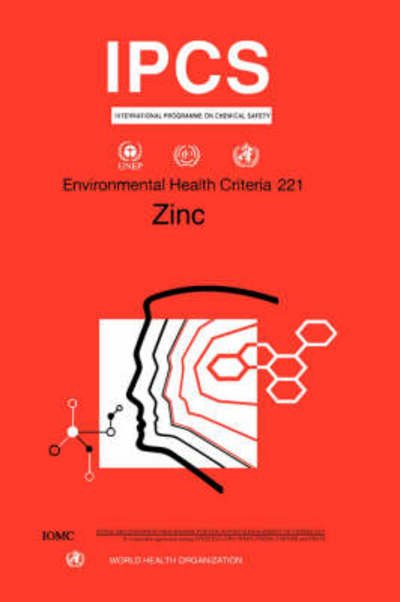
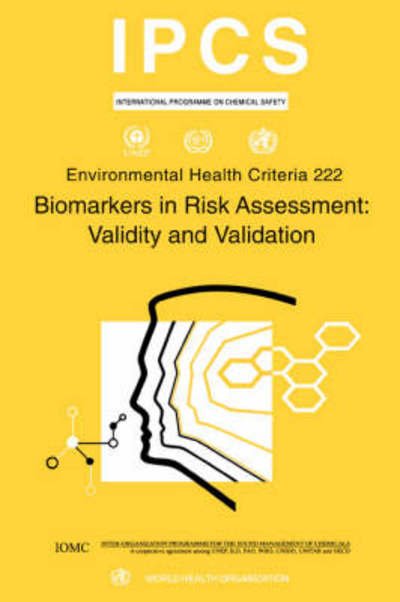
![Cover for Ipcs · Neurotoxicity Risk Assessment for Human Health: Principles and Approaches (Environmental Health Criteria Series) (Paperback Bog) [Revised edition] (2001)](https://imusic.b-cdn.net/images/item/original/231/9789241572231.jpg?ipcs-2001-neurotoxicity-risk-assessment-for-human-health-principles-and-approaches-environmental-health-criteria-series-paperback-bog&class=scaled&v=1508408769)
![Cover for Ipcs · Arsenic and Arsenic Compounds (Environmental Health Criteria Series) (Paperback Bog) [2nd edition] (2001)](https://imusic.b-cdn.net/images/item/original/248/9789241572248.jpg?ipcs-2001-arsenic-and-arsenic-compounds-environmental-health-criteria-series-paperback-bog&class=scaled&v=1497043278)
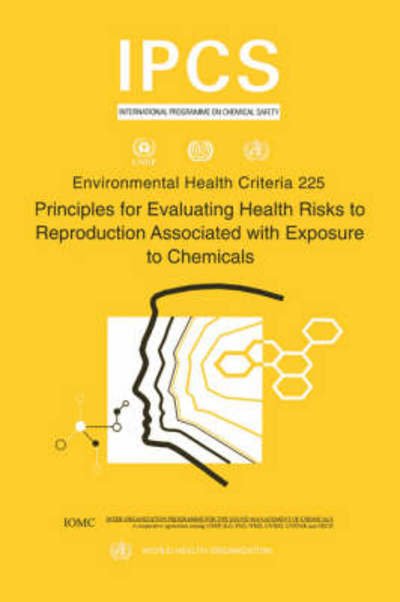
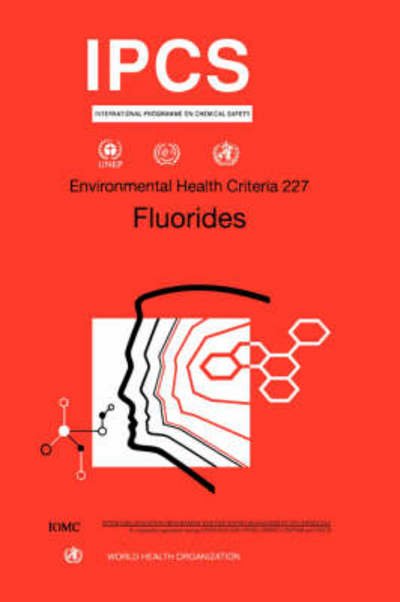
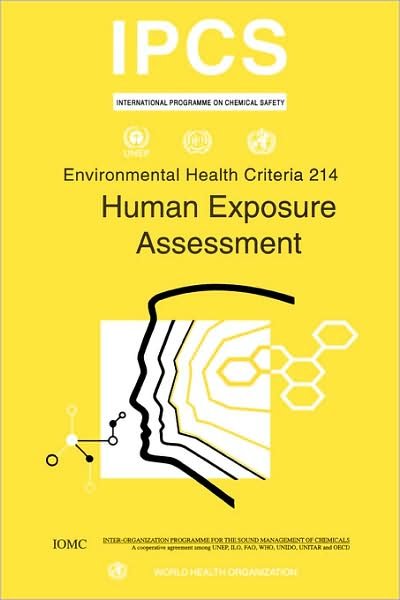

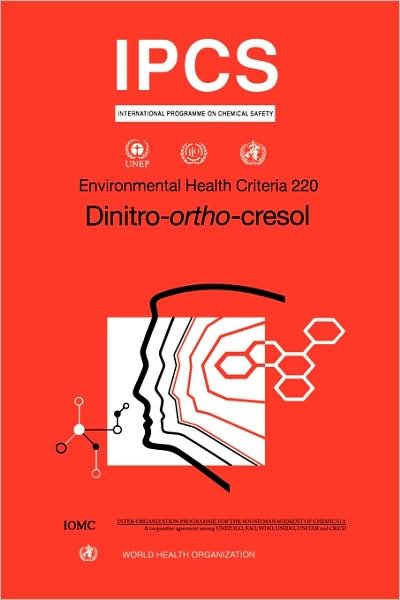
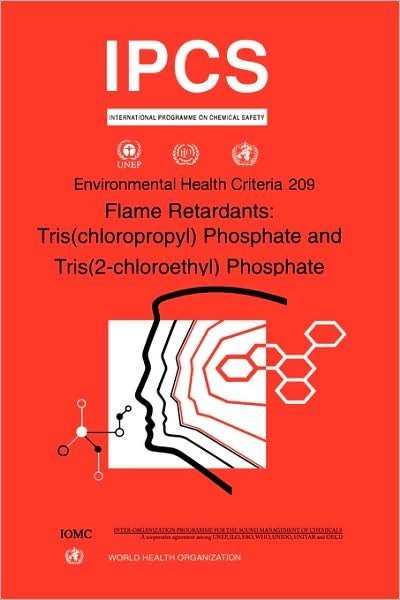

![Cover for Ipcs · Chlorinated Paraffins (Environmental Health Criteria) (Paperback Bog) [First Edition, First Printing edition] (1996)](https://imusic.b-cdn.net/images/item/original/814/9789241571814.jpg?ipcs-1996-chlorinated-paraffins-environmental-health-criteria-paperback-bog&class=scaled&v=1408649757)
